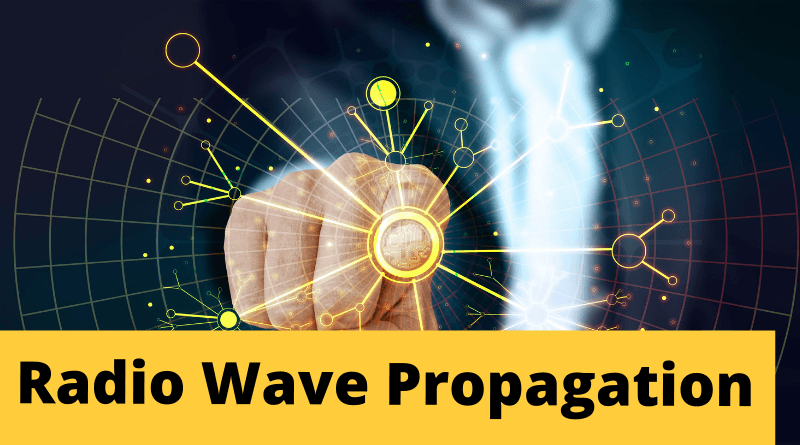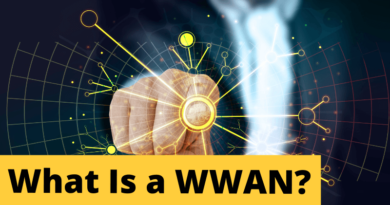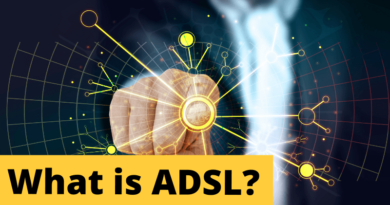Radio Wave Propagation
In this tutorial, we are going to see What is radio wave propagation?
It is necessary to have minimum knowledge about the propagation of radio waves in order to set up a wireless network architecture, and in particular to arrange the access points in such a way as to obtain an optimal range.
Radio waves (RF for Radio Frequency) propagate in a straight line in several directions. The propagation speed of waves in a vacuum is 3.108 m/s.
In any other medium, the signal is weakened by
- Reflection
- Refraction
- Diffraction
- Absorption
Absorption of radio waves:
When a radio wave meets an obstacle, part of its energy is absorbed and transformed into energy, part continues to propagate in an attenuated way and part can eventually be reflected.
We call attenuation of a signal the reduction in power of it during transmission. The attenuation is measured in bels (whose symbol is B) and is equal to the logarithm in base 10 of the power at the output of the transmission medium, divided by the power at the input. We generally prefer to use the decibel (whose symbol is dB) corresponding to a 10th of the value in Bels. Thus a Bel representing 10 decibels the formula becomes:
R (dB) = (10) * log (S2/S1)
When R is positive we speak about amplification, when it is negative we speak about attenuation. In the case of wireless transmissions, it is more specifically attenuation.
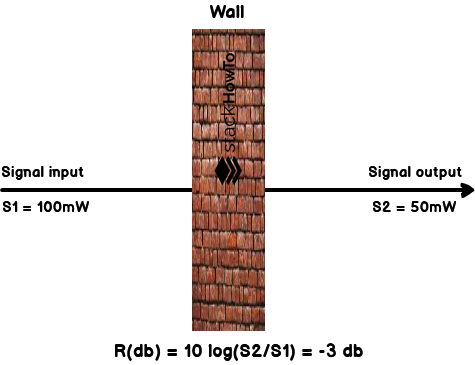
The attenuation increases with the increase of the frequency or the distance. In addition, when hitting an obstacle, the value of the attenuation depends strongly on the material of the obstacle. Generally, metallic obstacles cause a strong reflection, while water absorbs the signal.
Reflection of radio waves:
When a radio wave meets an obstacle, all or part of the wave is reflected, with a loss of power. The reflection is such that the angle of incidence is equal to the angle of reflection.
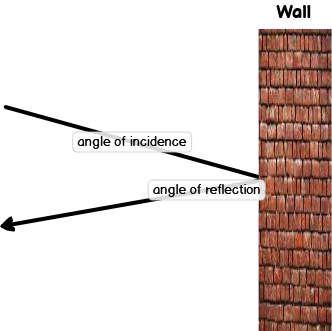
A radio wave is likely to propagate in several directions. By successive reflections, a source signal can be brought to reach a station or an access point by taking multiple paths (we speak of multipath).
The difference in propagation time (called delay) between two signals that have taken different paths can cause interference at the receiver because the received data overlap.
This interference becomes more and more important when the transmission speed increases because the time intervals between the data are shorter and shorter. Multiple propagation paths limit the transmission speed in wireless networks.
To overcome this problem Wi-Fi cards and access points have two antennas per transmitter. Thus, thanks to the action of the AGC (Acquisition Gain Controller), which immediately switches from one antenna to the other depending on the signal strength, the access point is able to distinguish two signals coming from the same station. The signals received by these two antennas are said to be uncorrelated (independent) if they are separated by Lambda/2 (6.25 cm at 2.4GHz).

